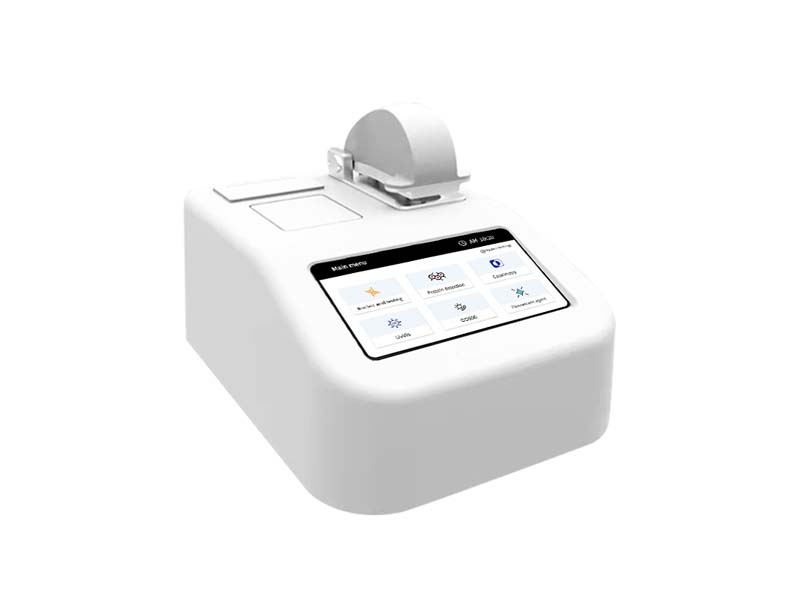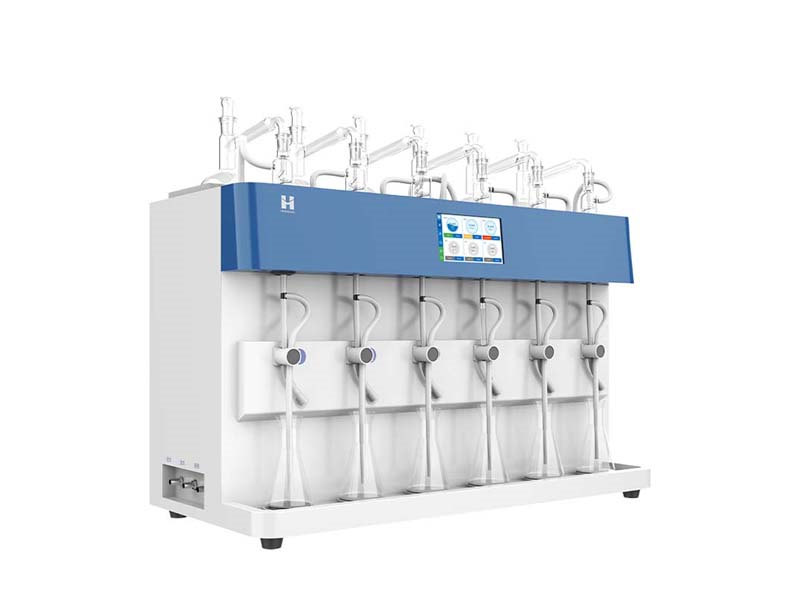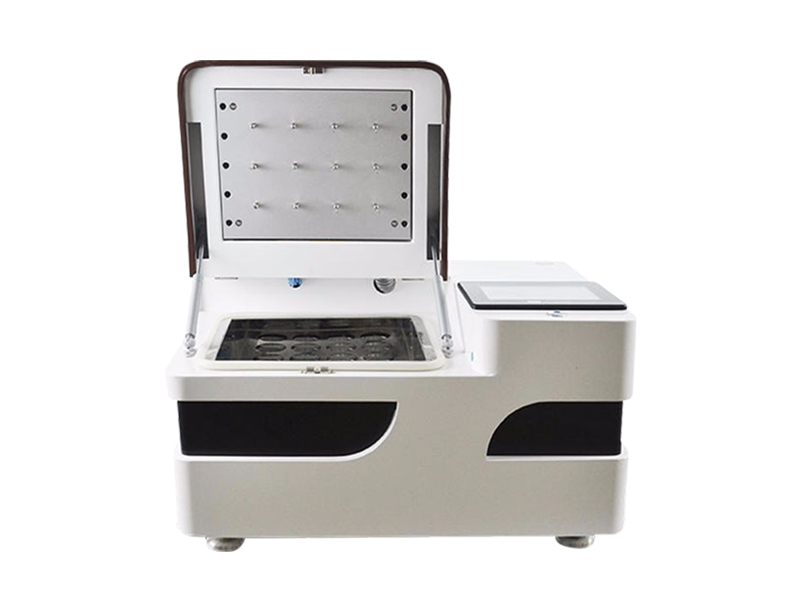In molecular biology experiments, the concentration determination of nucleic acids and proteins is a basic but critical step. Traditional spectrophotometers require a large amount of samples and are cumbersome to operate, while micro-spectrophotometers only require 0.5-2μL samples and can complete the test within 6 seconds, with a detection range of up to 2-15000ng/μL. The micro-spectrophotometer integrates four-path detection, fluorescence quantification and intelligent operating system for efficient detection.

1. High-precision detection and extended light source life
The micro-spectrophotometer uses a unique light source flicker algorithm. This innovative design greatly increases the service life of the light source compared to traditional detection methods. In traditional detection methods, the light source continues to work for a long time, which is not only easy to wear out, but also may cause the product to be tested to degrade due to excessive light intensity. The light source flicker algorithm of the micro-spectrophotometer makes the light intensity stimulation smaller, the product to be tested can complete the test faster, and it is not easy to degrade. At the same time, the pp value of its light source fluctuation is less than 0.5%, which ensures the stability of light intensity during the detection process and lays the foundation for accurate detection. In the fields of life sciences, drug development, etc., this precise and stable detection capability can help researchers obtain experimental data more accurately and promote the progress of research.
2. Diverse functions to meet diverse needs
The micro-spectrophotometer has many powerful functions. The instrument uses a unique motor control technology and adopts a four-path detection method, which makes the stability, repeatability, linearity more stable and the detection range larger. The sample does not need to be diluted, and the concentration range of the sample that can be measured is more than 150 times that of the conventional UV-visible light photometer, which greatly saves the time and cost of sample processing. In addition, it also has an OD600 optical path detection system and adopts a cuvette mode to facilitate the detection of the concentration of culture fluids such as bacteria and microorganisms. In terms of fluorescence detection, it is equipped with a fluorescence quantitative analysis kit. Through the specific combination of fluorescent dyes and target substances, the concentration of DNA, RNA and protein can be accurately quantified, providing strong support for molecular biology research.
3. Convenient operation and efficient data processing
The operation of the micro-spectrophotometer is very convenient. The instrument is equipped with an Android operating system and a 7-inch capacitive touch screen. It can complete the detection on a single machine without a computer connection, which greatly improves the detection efficiency. At the same time, the instrument uses a simple and easy-to-use data to printer option, and users can print reports directly through the built-in printer. In terms of data storage, image and table storage formats are used. The table is compatible with Excel, which is convenient for subsequent data processing and supports JPG image export. Its wavelength range is 190-850nm, the sample volume requirement is only 0.5-2ul, and the optical path has a variety of options such as 0.03mm, 0.05mm (high concentration measurement), 0.2mm, 1.0mm (ordinary concentration measurement), which can meet the detection needs of different samples.
Micro-spectrophotometer plays an important role in scientific research and detection with its accurate detection capabilities, diverse functions and convenient operation. It provides researchers with more efficient and accurate detection methods, helping scientific research to move forward continuously.
Article address:http://www.labinstruments.net/news/56.html







